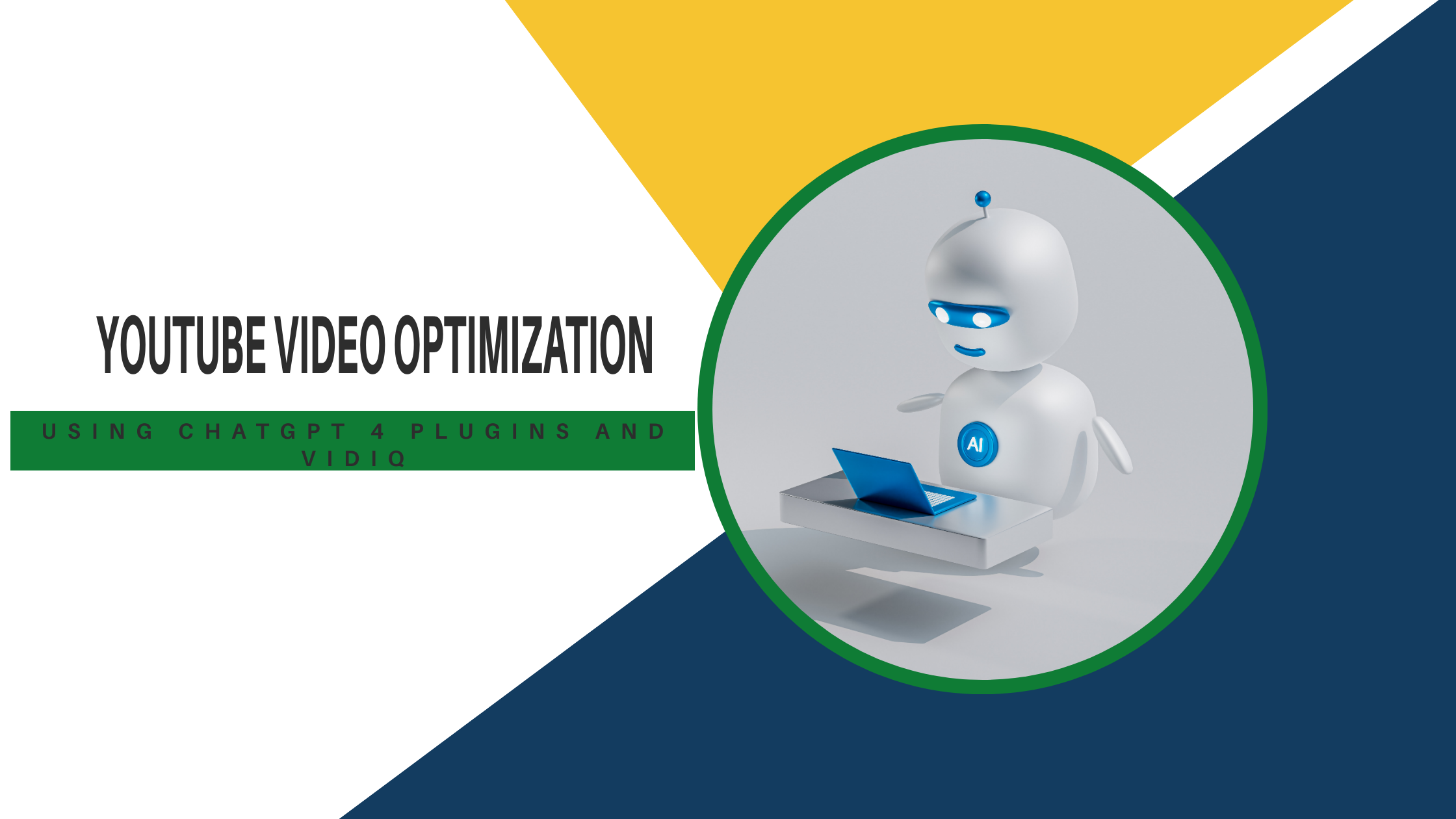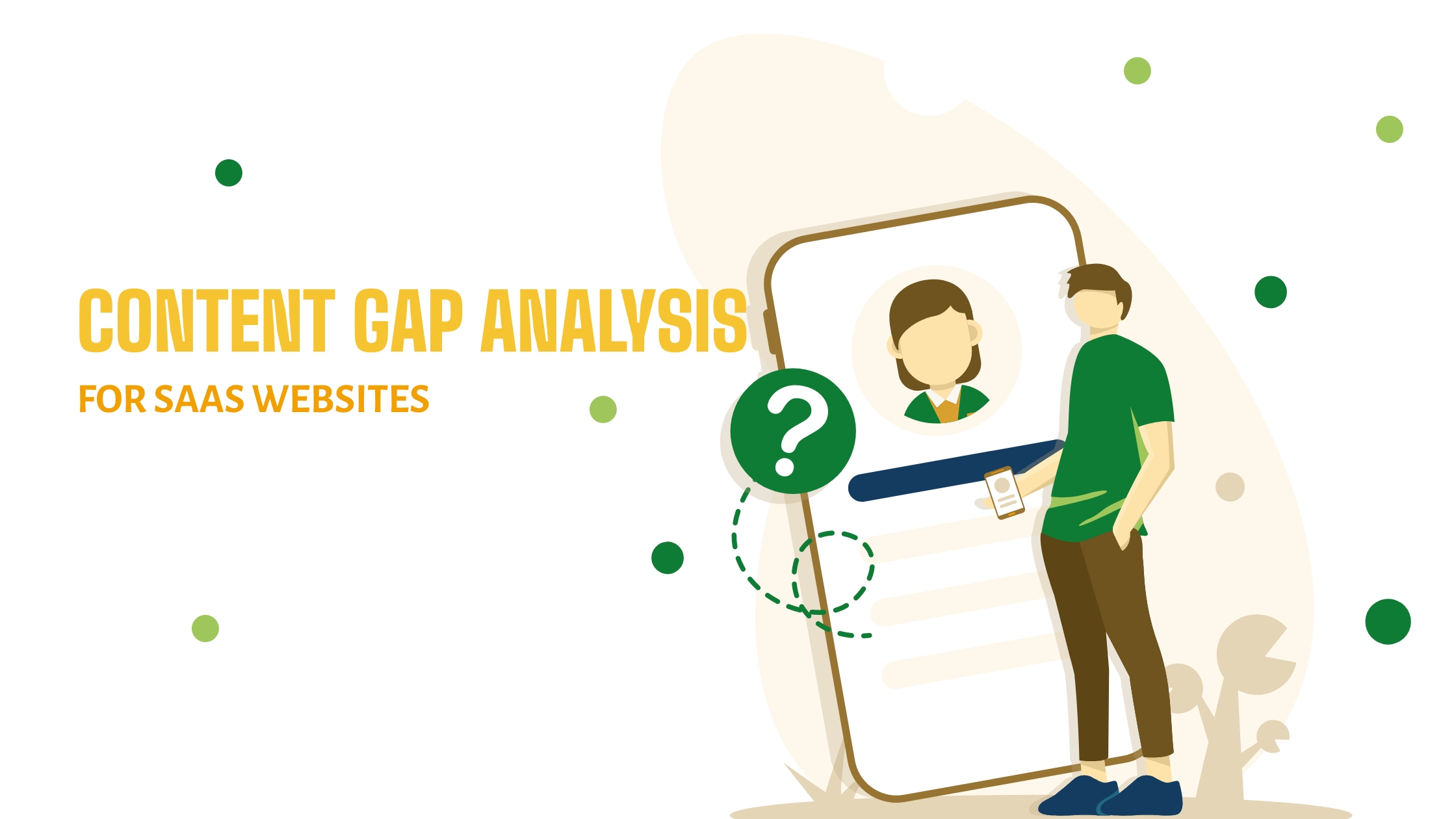Why Content SEO Is the Key to Reduce Customer Acquisition Cost
| Key Takeaways |
|
Rising CAC is choking SaaS growth. While your competitors burn through ad budgets chasing the same prospects, you’re watching acquisition costs climb month after month. The solution isn’t throwing more money at paid channels—it’s building a sustainable growth engine through content SEO that can reduce customer acquisition cost while creating compounding returns.
Content SEO doesn’t just lower your CAC; it transforms how prospects find and evaluate your SaaS product. Instead of paying to interrupt potential customers, you attract them when they’re actively searching for solutions.
The companies scaling efficiently today understand this fundamental difference: paid acquisition delivers immediate results that stop when spending stops, while content SEO creates assets that generate qualified leads for years.
Paid CAC vs Content SEO CAC Over Time
| Investment Type | $10,000 Investment Result | Long-term Impact |
| Paid Ads | 1 month of leads, then zero | CAC increases over time |
| Content SEO | Multi-year compounding value | CAC decreases over time |
What Is Customer Acquisition Cost and Why It Matters
Customer Acquisition Cost (CAC) measures how much you spend to acquire each new customer. The formula is straightforward:
CAC = Total Sales & Marketing Costs ÷ Number of New Customers Acquired
In SaaS, CAC is a key metric for profitability and growth efficiency. A rising CAC signals that your marketing and sales investments are becoming less effective—which can quickly erode margins and slow down growth.
For B2B SaaS companies, healthy CAC benchmarks typically range from 3:1 to 5:1 LTV:CAC ratio. When how to reduce customer acquisition cost becomes a board-level discussion, it’s time to evaluate your customer acquisition strategy beyond paid advertising.
Signs Your CAC Is Unsustainable
| Warning Sign | Impact on Growth | Typical Board Reaction |
| CAC payback period exceeding 18 months | Cash flow strain, reduced reinvestment capacity | “Why are we spending more to make less?” |
| CAC growing faster than ARPU | Unit economics deterioration | “Our model is broken” |
| Marketing spend up, customer growth flat | Declining marketing efficiency | “Fire the marketing team” |
| Sales quotas missed despite higher ad spend | Sales team morale decline | “We need a new strategy” |
Why Paid Channels Alone Are Unsustainable
Paid acquisition costs have increased 60% across most SaaS verticals since 2020. According to recent eMarketer research on B2B advertising costs, Google Ads CPC for competitive SaaS keywords now averages $50-100+, while Facebook’s iOS 14.5 changes reduced attribution accuracy by up to 40%. Statista’s SaaS marketing cost analysis confirms this trend across multiple paid channels.
This creates a dangerous dependency cycle:
- Higher ad costs demand larger budgets
- Larger budgets require faster customer acquisition
- Faster acquisition often means lower-quality leads
- Lower-quality leads increase churn and reduce LTV
The companies scaling efficiently today diversify their acquisition mix. They use paid channels for immediate pipeline generation while building organic lead generation engines that improve over time.
Consider this: A $10,000 monthly Google Ads budget generates leads for exactly one month. A $10,000 investment in content SEO creates assets that attract customers for years.
Acquisition Channel Comparison
Paid Media Funnel: Paid Ads → Short-term Pipeline → High Churn Risk → Declining LTV
Content SEO Funnel: SEO Content → Evergreen Pipeline → Educated Prospects → Improved LTV
How Content SEO Helps You Reduce Customer Acquisition Cost
SEO Attacks CAC From 3 Angles
Compounding Returns: Traffic grows without proportional cost increases
Prospect Education: Content pre-qualifies leads before sales contact
Higher Conversions: Bottom-funnel content captures ready-to-buy prospects
Content SEO attacks CAC from three angles: it compounds over time, educates prospects more effectively than ads, and supports higher conversion rates throughout your inbound marketing funnel.
SEO Traffic Compounds Over Time
Unlike paid channels where traffic stops when spending stops, SEO-driven content creates compounding returns. A piece of content ranking on page one can generate qualified traffic for 2-3 years with minimal ongoing investment.
We’ve seen clients reduce their cost per acquisition (CPA) by 40-60% within 12 months by shifting budget from paid ads to content production. Our Zinkee case study demonstrates this exact transformation—116% organic traffic increase while reducing overall customer acquisition costs.
The math is compelling: content that costs $2,000 to create and optimize can generate $50,000+ in pipeline value over its lifetime.
Content Educates and Converts Ready-to-Buy Prospects
SaaS buyers conduct extensive research before making purchase decisions. Gartner research shows B2B buyers spend only 17% of their purchase journey interacting with vendors—the rest involves independent research.
Strategic content captures prospects during this research phase, educating them on:
- Problem identification and urgency
- Solution evaluation criteria
- Implementation best practices
- ROI calculation frameworks
When prospects reach your sales team after consuming your content, they arrive pre-educated and closer to a purchase decision. This dramatically shortens sales cycles and improves win rates.
SEO Supports Lower Funnel Conversion
Content SEO doesn’t just generate top-of-funnel awareness—it captures prospects throughout the buyer journey. Bottom-funnel content targeting comparison keywords, pricing searches, and implementation queries converts at 3-5x higher rates than broad awareness content.
This multi-touch approach allows you to lower customer acquisition cost by nurturing prospects through content rather than expensive retargeting campaigns.
How to Build a Content SEO Strategy to Lower CAC
Building an effective content SEO program requires strategic focus on revenue-driving content rather than vanity traffic metrics.
Prioritize Content that Targets Bottom- and Middle-of-Funnel Keywords
Avoid the traffic trap. Content targeting high-volume, broad keywords may drive impressive visitor numbers but rarely converts to pipeline. Instead, focus on commercial intent keywords that directly correlate with purchase decisions.
Target Keywords by Funnel Stage
| Funnel Stage | Example Keyword | Intent | Conversion Potential |
| Bottom | “[Competitor] vs [Your Product]” | Transactional | High – Direct comparison shoppers |
| Bottom | “[Your Category] pricing” | Transactional | High – Budget-approved prospects |
| Bottom | “Best [Category] for [Use Case]” | Transactional | High – Solution evaluation stage |
| Middle | “How to [Solve Specific Problem]” | Informational | Medium – Problem-aware prospects |
| Middle | “[Industry] [Process] best practices” | Informational | Medium – Research and education |
| Middle | “[Tool Category] buying guide” | Informational | Medium – Early vendor evaluation |
How to Find Bottom-Funnel Keywords with SEMrush
- Enter your competitor’s domain in SEMrush
- Navigate to “Organic Research” → “Keywords”
- Filter by keywords containing “vs,” “pricing,” “cost,” “compare”
- Export keywords with search volume >100 and difficulty <60
- Prioritize keywords where you don’t currently rank in top 10
Conduct Content Gap Analysis to Uncover Quick Wins
Content gap analysis reveals keyword opportunities where competitors rank but you don’t—or where weak content creates easy wins. This systematic approach identifies contents aligned on how to lower customer acquisition cost by targeting prospects your competitors currently capture.
At GrowthTurn, we use proprietary analysis to identify content gaps that typically generate 50-100 new keyword rankings within 90 days.
4-Step Content Gap Analysis Process
Step 1: Competitor Analysis → Step 2: Keyword Identification → Step 3: Content Creation → Step 4: Performance Optimization
Content Gap Analysis with Ahrefs
- Navigate to Ahrefs Content Gap tool
- Enter your domain and 3-5 top competitors
- Filter for keywords where 2+ competitors rank but you don’t
- Focus on keywords with search volume >200 and KD <40
- Export and prioritize based on commercial intent signals
Align Content with Sales Enablement and CRO
Content SEO works best when aligned with your sales process and conversion optimization efforts. Sales teams need content that addresses common objections, demonstrates ROI, and provides implementation frameworks.
Create content that supports each stage of your SaaS marketing efficiency funnel:
Content Types by Funnel Stage for CAC Reduction
Awareness Stage
- Educational blog posts addressing core problems
- Comprehensive guides on industry challenges
- Research reports and industry benchmarks
- Problem identification frameworks
- “What is [Problem]” explainer content
Consideration Stage
- “[Your Product] vs [Competitor]” comparison pages
- Solution category buying guides
- Feature comparison matrices
- Implementation methodology content
- Customer success stories by use case
Decision Stage
- Interactive ROI calculators
- Transparent pricing pages with value props
- Implementation timeline guides
- Security and compliance documentation
- Free trial/demo landing pages
Retention Stage
- Advanced feature tutorials
- Optimization best practices
- Integration guides and API docs
- Customer expansion use cases
- Industry-specific implementation guides
This alignment ensures content doesn’t just generate traffic—it creates qualified pipeline that converts.
Why SaaS Companies Need Content SEO Now
Economic uncertainty and rising costs make efficient customer acquisition critical. Companies burning cash on paid acquisition while ignoring organic channels face increasing pressure as:
- Investor expectations shift toward sustainable unit economics
- CAC payback periods extend beyond comfort zones
- Competition for paid inventory drives costs higher
Strategic Positioning During Economic Uncertainty
Company A (Content SEO Investment): Consistent organic lead flow → Lower CAC → Sustainable growth
Company B (Paid-Only Strategy): Rising ad costs → Higher CAC → Unsustainable burn rate
According to Forrester’s 2024 B2B Marketing Budget report, companies that maintained content marketing investments during economic downturns saw 2.3x faster recovery in lead generation compared to those that cut content budgets.
Content SEO provides a strategic advantage during economic downturns. While competitors cut marketing spend and lose visibility, companies with strong organic presence maintain consistent lead flow at lower costs.
The optimal time to invest in content-driven growth is before you need it. Companies starting content SEO programs today position themselves for sustainable scaling customer acquisition when market conditions improve.
At GrowthTurn, our Growth Sprints help SaaS companies implement focused content SEO strategies in 90-day cycles, allowing you to see measurable CAC reduction within one quarter.
Conclusion
Content SEO transforms customer acquisition from an expense into an investment. While paid channels deliver immediate results at increasing costs, strategic content creates compounding returns that reduce customer acquisition cost over time.
The most successful SaaS companies balance paid and organic acquisition, using content SEO to build sustainable growth engines that support long-term scaling. Start with bottom-funnel content targeting commercial keywords, conduct systematic content gap analysis, and align your content strategy with sales enablement.
Quick-Start: Content SEO for Lower CAC
Step 1: Identify bottom-funnel content gaps using competitor analysis
Step 2: Build 5-10 pages targeting high-intent keywords in your first 90 days
Step 3: Align content with sales enablement and measure impact on CAC monthly
Compounding CAC Reduction Timeline
Month 1-3: Content creation and optimization
Month 4-6: Initial ranking improvements
Month 7-12: Compound traffic growth and CAC reduction
Year 2+: Sustained lower CAC with minimal ongoing investment
Your CAC doesn’t have to keep climbing. Audit your current customer acquisition strategy and identify opportunities to shift investment toward content assets that work for years, not just months.
Ready to reduce your customer acquisition cost with a compounding growth channel? Let’s talk. We’ll show you exactly how GrowthTurn’s SEO strategies can help you lower CAC and drive sustainable pipeline growth. Get your free SEO Growth Plan—no obligations.
👉 Get Your Free SEO Growth Plan
Published by Marcin Chirowski, Founder of GrowthTurn



